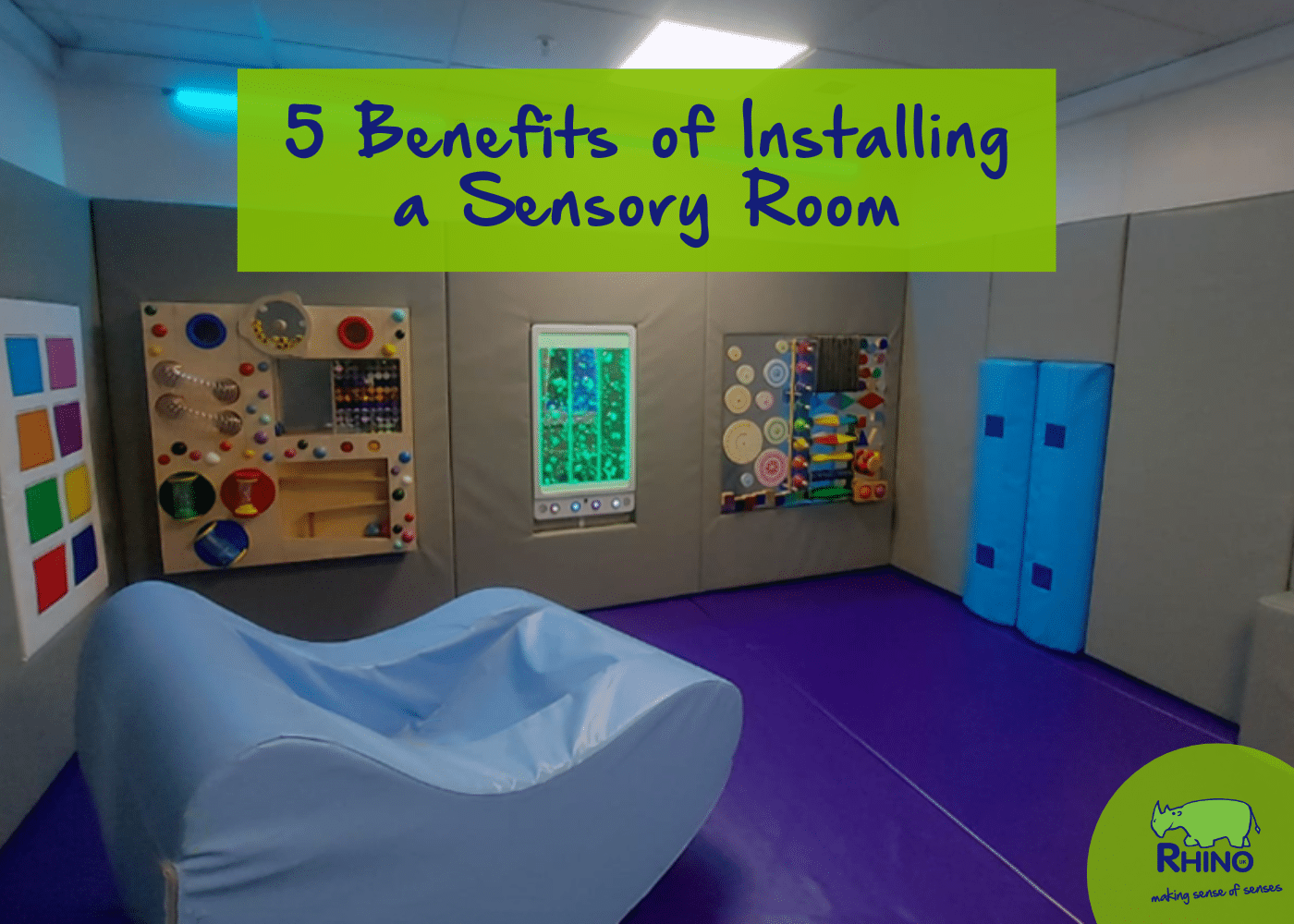5 Benefits of Installing a Sensory Room
Sensory rooms are known for supporting people’s bodies, minds, and emotions. They’re particularly popular with individuals with autism, ADHD and anxiety. You’ll find sensory rooms in schools, social centres and hospitals, but did you know that their benefits are almost universal?
From improving mental health to creating communities – discover our top five benefits for installing a sensory room!

-
Inclusive of All
Although sensory rooms are typically used by people with autism and sensory processing disorders, they can really be used by anyone.
Designed to take you away from the outside world and into a secure sensory sanctuary – sensory rooms provide a personalised environment to connect with yourself and your senses. Spending time in a sensory room can be an effective way to reduce anxiety, practice mindfulness and therapeutically relax.
So, whether kids in school need a break from their desk between classes; Autistic passengers feel overwhelmed by a bustling city airport; or if neurodivergent office workers need space to relax after a stressful meeting – Sensory rooms can be used as therapeutic space to relax and reset.
Inclusive of Wheelchairs & Physical Disabilities
Sensory rooms can also be designed inclusively for all needs and abilities. If that means special ramps, lifts and hoists for wheelchair users or high-contrast environments for people with visual impairments – there’s always a way to make a sensory room accessible.

-
Develop Key Skills
Sensory rooms are adept at helping users develop key skills – even as they passively explore the environment. Skills developed can include, communication skills, coordination, concentration, cognitive development, socialisation, focus, motor skill development, balance and calming.
Some types of rooms might be better suited to develop certain skills. For example, a Sensory Integration Room will be better for those who want to develop coordination, balance and motor skills. Whereas a Dark Sensory Room will be more effective at developing concentration, visual skills and calming.

-
Reduces Anxiety & Promotes Wellbeing
Multi-sensory environments are effective at diverting focus away from anxieties towards soothing lights, sounds and colours. Soft sensory stimulation helps users focus on what’s happening in the moment, so they can spend less time with their worries.
Spending time in a controlled, relaxed environment also gives people the space to decompress and focus on themselves – therapeutically promoting wellbeing.

-
Brings People Together
Did you know that Sensory Rooms can also double as welcoming community hubs? Schools can bring their students together to learn, play and socialise. Community centres can have a social space for parents and children to share their experiences and offer respite. While in hospitals, sensory rooms can act as alternatives to family rooms, offering patients and their families space to relax.
Not only that, but sensory rooms can become a source of income. The inclusive rooms can be rented out for parties and special occasions, creating a new funding source that can go straight back into the community.

-
Benefits Inside & Outside The Sensory Room
A study by Cardiff University found that the positive outcomes that were experienced inside the sensory room, i.e. reduced anxiety, continued after the user had left the room.
This finding has lots of practical uses; for example, in schools, a child who’s spent time with teachers and classmates inside a sensory room might be more open/receptive to them outside of the room. And in hospitals, patients who spend time inside a sensory room before they go in for treatment, may be less agitated and calmer going into a procedure.
All in all, there are lots of benefits to installing a sensory room in your environment. If you have any questions or are ready to get started on your own sensory room journey, then make sure you get in touch with our friendly sensory team 😊
Further Information
Book: A free sensory room design appointment
Discover: Our multi-sensory room designs
Explore: Cardiff University’s Study: Improving Learning & Wellbeing For Autistic Children



